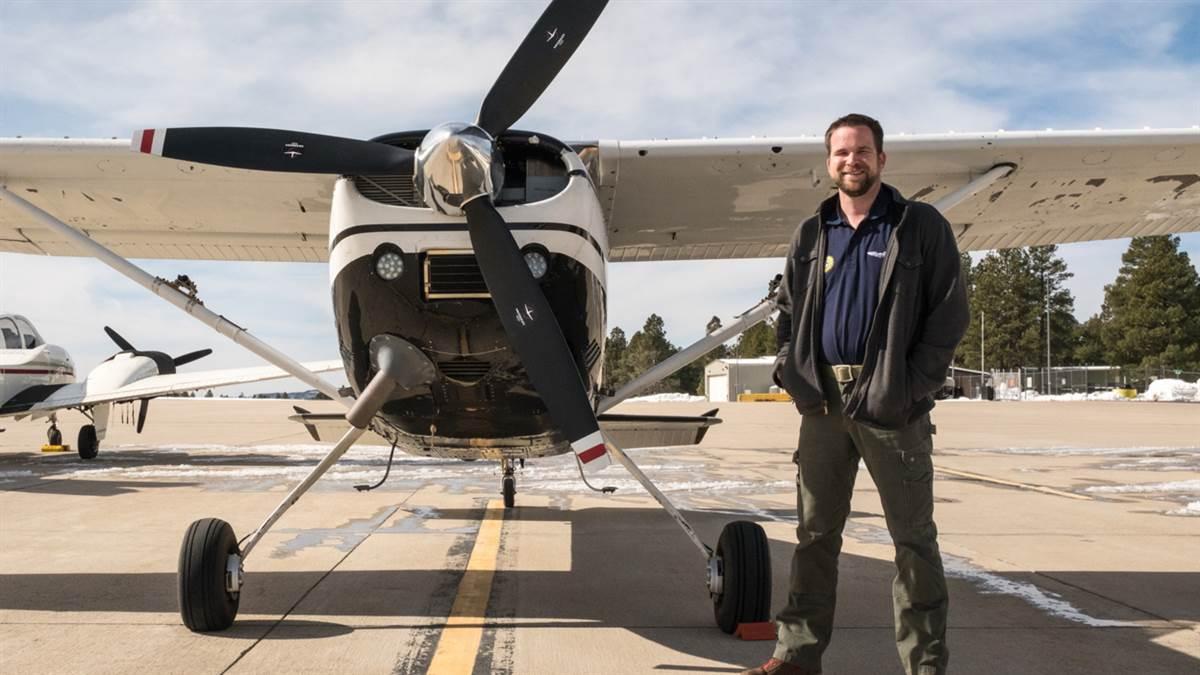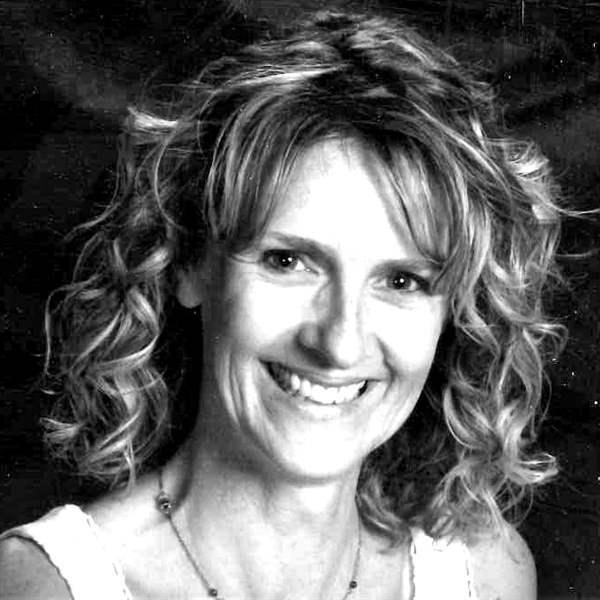
Ryan Lunde was bound to become a pilot. His grandfather was a Navy seaplane pilot during World War II. His father was a flight instructor. It was only natural that a third-generation Lunde would fly. He just never dreamed he’d be doing it while counting bird’s nests and pronghorn antelope.
Lunde is a pilot for the Arizona Game and Fish Department. Now a 5,300-hour pilot, he got his private pilot certificate while in high school, deciding at the time that he wanted to get a nonaviation degree, find a good job, and fly only for fun. While he started confidently down that path, graduating from college with a geology degree and taking a job with an energy company in Denver, he soon realized the corporate life wasn’t for him. “I figured out pretty quickly I wanted out,” said Lunde. “The job wasn’t holding my interest. It was very stable with good pay and good benefits, but what fun is that?”
Plan B: aviation. He accumulated certificates and ratings. He built tailwheel hours flying his family’s Aeronca Champ. Then about the time he decided to look for a flying job, a flying job found him. A friend of a friend was leaving his position doing aerial wildlife surveys in Wyoming—was Lunde interested in taking over?
Lunde now finds the profession so rewarding, he anticipates doing it for his whole career. Lunde flew surveys part-time in Wyoming for five years, then accepted a full-time position with the state of Arizona in early 2017.
So what does a Game and Fish pilot do? Lunde says a typical flight involves flying an observer biologist to search for a species and counting the animals, mapping their nesting sites, or observing for certain behaviors. For instance, when an energy company applies to construct a wind farm in Wyoming, it must know where all the eagle’s nests are located as wind turbines are prohibited within a certain radius of those nests. Lunde’s job was to help find and chart the nests. He also helped with counting pronghorn antelope, documentation of sage grouse numbers, and charting of raptor nests in the spring. “I remember one flight, checking activity in raptor nests, where we were below 500 feet the whole time,” he said. “After three hours of flying, we never got more than six miles from the survey start point. Our GPS track looked like a bowl of spaghetti.”
In Arizona, the work is similar but the wildlife is more diverse. In addition to the eagles, elk, and pronghorn also found in Wyoming, Arizona surveys include javelinas, turkeys, California condors, and other species. “One of the coolest jobs ever is working with California condors in the Grand Canyon,” said Lunde. “I get to fly where no one else gets to fly. Being able to maneuver almost at will in the Grand Canyon is one of my most memorable flying experiences ever.”
Lunde loves his job not only for the adventure of flying, but also because the work feels meaningful. He and his team have charted more than 80 California condors in the Grand Canyon, nearly a century after they disappeared there. In the southwestern part of the state, he watched biologists count about 200 endangered Sonoran pronghorn, up from just 20 a decade ago. In Wyoming, by helping document sage grouse numbers and activity, aerial surveys played a role in keeping the birds off the endangered species list and avoiding the devastating economic impact that would have resulted.
Lunde urges new pilots who dream of flying for a living to consider nontraditional flying positions like his. “For some people, jobs like mine can be far more fulfilling than point-A-to-point-B flying. And we are hiring!” He says the position demands high-performance, mountain, low altitude, and, ideally, tailwheel experience.
It also takes a keen eye. “At first, a biologist would point something out and I couldn’t see it. Now,” said this eagle-eyed pilot, “after practice and exposure to the environment, I can spot most anything.”



